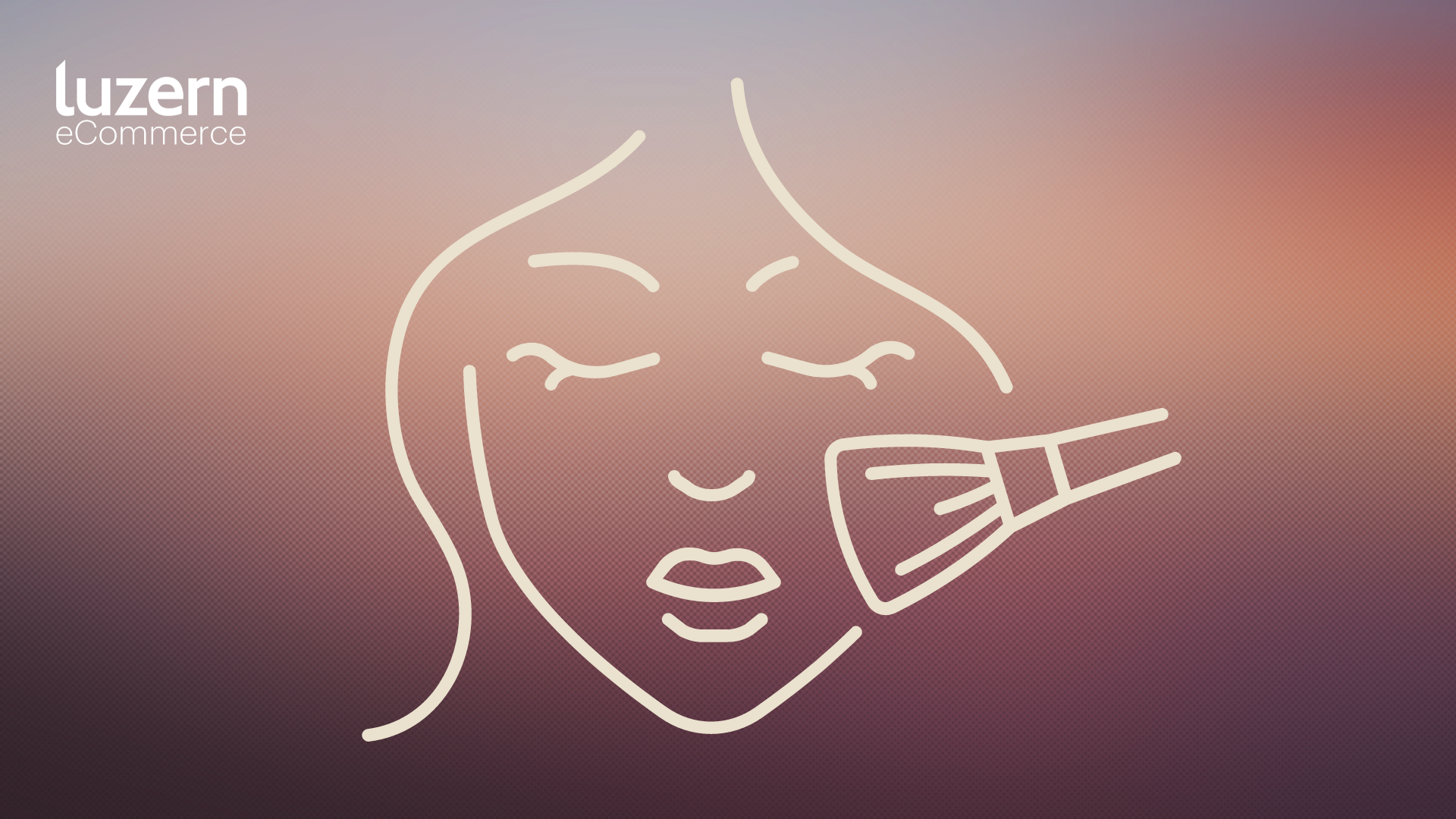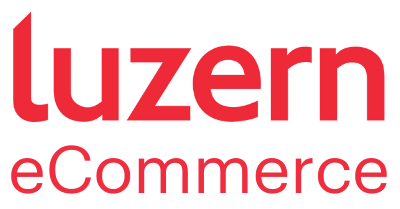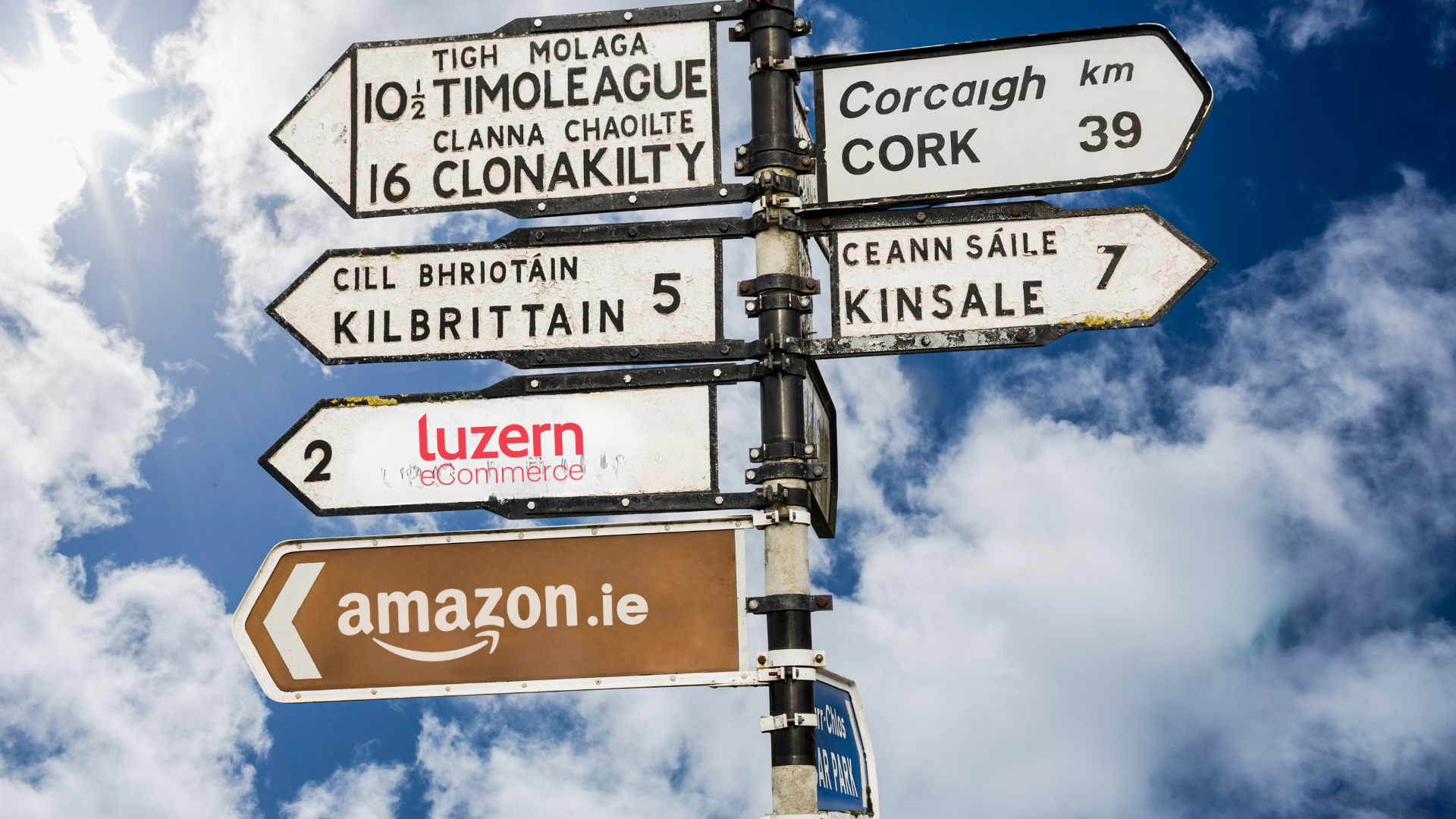Mid-Year Update: European Beauty Industry Thrives with E-commerce Leading the Charge

The beauty industry across Europe is showing remarkable resilience and growth as we progress through 2024. Despite early economic challenges, the sector is demonstrating a strong rebound, particularly driven by the expansion of online sales. This resurgence is evident across key markets such as Germany, France, and Spain, where consumers continue to embrace digital platforms for their beauty purchases.
E-commerce: The Powerhouse Behind Beauty's Growth
In the first half of 2024, e-commerce has firmly established itself as the backbone of the beauty industry’s growth in Europe. With an increasing number of consumers opting for the convenience of online shopping, brands that have invested in robust digital strategies are reaping the rewards. According to recent data, 43% of all beauty sales in Europe are now made online, a significant rise compared to previous years.
Retailers across Europe are responding by enhancing their digital offerings, with many adopting omnichannel strategies to seamlessly integrate online and in-store experiences. This approach not only caters to the modern consumer's desire for convenience but also helps brands maintain strong engagement across multiple touchpoints. Luzern eCommerce, Europe's leading eCommerce Accelerator, is at the forefront of this digital transformation, helping beauty brands optimize their online presence and maximize their sales potential through its Channel Optimizer platform.
Social Selling: A Growing Trend in Europe
While the US market has been quick to adopt social selling platforms like TikTok Shop, Europe is not far behind. Social commerce is becoming an increasingly vital channel for beauty brands, particularly among younger consumers. Brands are leveraging platforms like Instagram and emerging local social commerce solutions to reach a wider audience and drive sales through engaging, influencer-led content.
However, it's not just about the platforms; it's about the integration of these social strategies with a brand’s overall e-commerce approach. For European beauty brands, understanding the nuances of different markets and consumer behaviors is crucial. Luzern eCommerce provides tailored strategies that enable brands to navigate these complexities, ensuring they capture the right audiences with the right products at the right time.
The Hybrid Approach: Ensuring Stock Availability and Brand Control
One of the key challenges for beauty brands in Europe is managing stock availability, especially in the face of fluctuating demand. Out-of-stock (OOS) issues not only frustrate customers but can also lead to significant revenue loss and damage to brand reputation. This is where the hybrid 1P/3P (First Party/Third Party) model, as championed by Luzern eCommerce, comes into play.
The hybrid model allows brands to maintain a balance between their direct sales and third-party channels. This approach ensures that when 1P inventory runs low, 3P stock can seamlessly take over, preventing any gaps in product availability. For European beauty brands, this strategy not only mitigates the risk of OOS situations but also helps in maintaining price control and brand integrity across various channels.
Looking Ahead: What’s Next for the European Beauty Market?
As we move further into 2024, the European beauty industry is poised for continued growth, driven by digital innovation and evolving consumer behaviors. Brands that invest in robust e-commerce strategies, leverage the power of social selling, and adopt flexible inventory management models will be best positioned to thrive in this dynamic market.
For beauty brands aiming to optimize their presence on platforms like Amazon and other marketplaces, partnering with experts like Luzern eCommerce can make all the difference. By providing end-to-end solutions that drive profitability and ensure brand consistency, Luzern is helping beauty brands across Europe achieve sustained success in an increasingly competitive landscape.
So What’s next?

